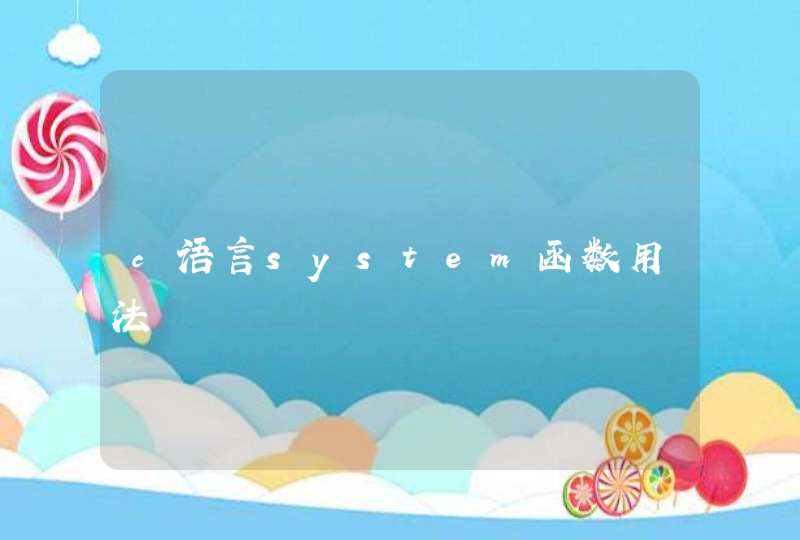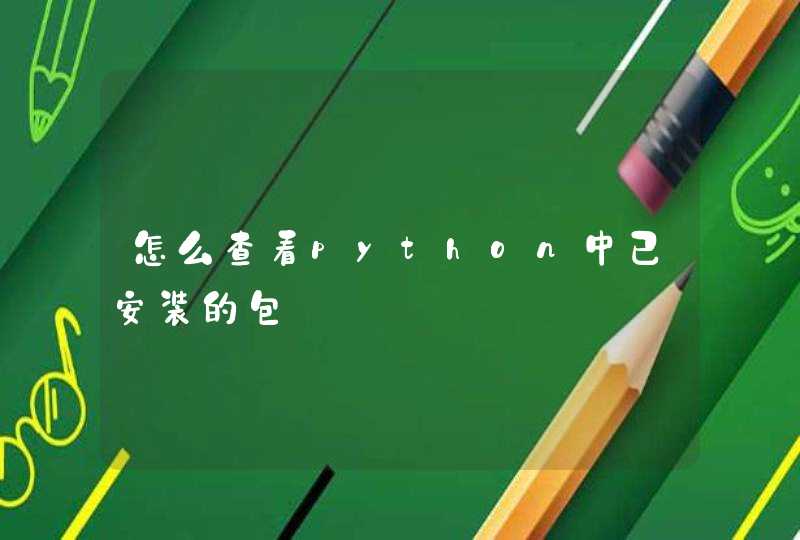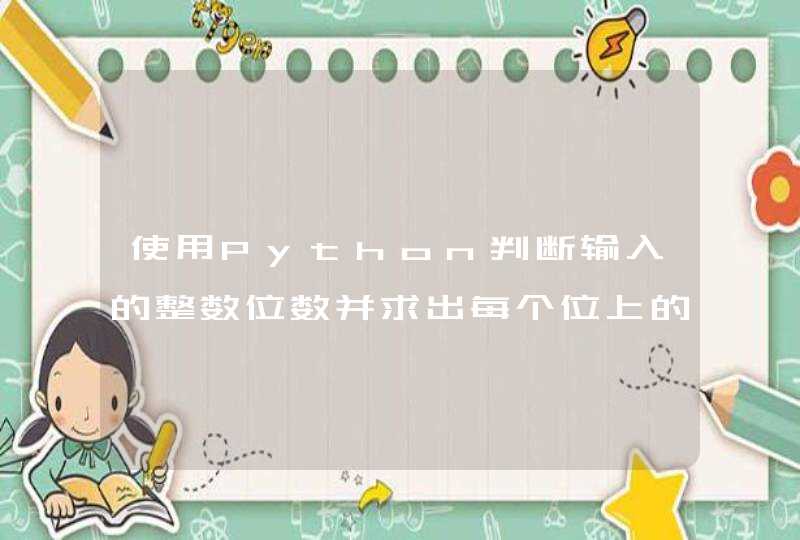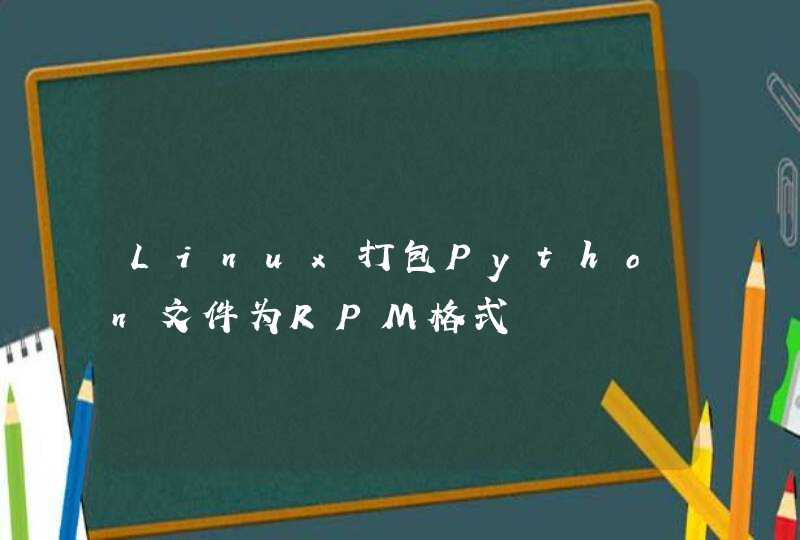
c语言时钟程序代码如下:
#include<windows.h>
#include<math.h>
#define ID_TIMER 1//计时器ID
#define TWOPI (2*3.14159)
LRESULT CALLBACK WndProc(HWND,UINT,WPARAM,LPARAM)
int WINAPI WinMain(HINSTANCE hInstance,HINSTANCE hPrevInstance,LPSTR szCmdLine,int iCmdShow)
{
static TCHAR szAppName[]=TEXT("Clock")
HWND hwnd
MSG msg
WNDCLASS wndclass
wndclass.cbClsExtra=0
wndclass.cbWndExtra=0
wndclass.hbrBackground=(HBRUSH)GetStockObject(WHITE_BRUSH)
wndclass.hCursor=LoadCursor(NULL,IDC_ARROW)
wndclass.hIcon=LoadIcon(NULL,IDI_APPLICATION)
wndclass.hInstance=hInstance
wndclass.lpfnWndProc=WndProc
wndclass.lpszClassName=szAppName
wndclass.lpszMenuName=NULL
wndclass.style=CS_HREDRAW|CS_VREDRAW
if(!RegisterClass(&wndclass))
{
MessageBox(NULL,TEXT("This program requires Windows
T"),szAppName,MB_ICONERROR)
return 0
}
hwnd=CreateWindow(szAppName,TEXT("Analog Clock"),WS_OVERLAPPEDWINDOW,CW_USEDEFAULT,CW_USEDEFAULT,CW_USEDEFAULT,CW_USEDEFAULT,NULL,NULL,hInstance,NULL)
ShowWindow(hwnd,iCmdShow)
UpdateWindow(hwnd)
while(GetMessage(&msg,NULL,0,0))
{
TranslateMessage(&msg)
DispatchMessage(&msg)
}
return msg.wParam
}
void Setsotropic(HDC hdc,int cxClient,int cyClient)
{
SetMapMode(hdc,MM_ISOTROPIC)
SetWindowExtEx(hdc,1000,1000,NULL)
SetViewportExtEx(hdc,cxClient/2,-cyClient/2,NULL)
SetViewportOrgEx(hdc,cxClient/2,cyClient/2,NULL)
}
void RotatePoint(POINT pt[],int iNum,int iAngle)
{
int i
POINT ptTemp
for(i=0i<iNumi++)
{
ptTemp.x=(int)(pt[i].x*cos(TWOPI*iAngle/360)+pt[i].y*sin(TWOPI*iAngle/360))
ptTemp.y=(int)(pt[i].y*cos(TWOPI*iAngle/360)+pt[i].x*sin(TWOPI*iAngle/360))
pt[i]=ptTemp
}
}
void DrawClock(HDC hdc)
{
int iAngle
POINT pt[3]
for(iAngle=0iAngle<360iAngle+=6)
{
pt[0].x=0
pt[0].y=900
RotatePoint(pt,1,iAngle)
pt[2].x=pt[2].y=iAngle%5?33:100
pt[0].x-=pt[2].x/2
pt[0].y-=pt[2].y/2
pt[1].x=pt[0].x+pt[2].x
pt[1].y=pt[0].y+pt[2].y
SelectObject(hdc,GetStockObject(BLACK_BRUSH))
Ellipse(hdc,pt[0].x,pt[0].y,pt[1].x,pt[1].y )
}
}
void DrawHands(HDC hdc,SYSTEMTIME *pst,BOOL fChange)
{
static POINT pt[3][5]={0,-150,100,0,0,600,-100,0,0,-150, 0,-200,50,0,0,800,-50,0,0,-200, 0,0,0,0,0,0,0,0,0,800 }
int i,iAngle[3]
POINT ptTemp[3][5]
iAngle[0]=(pst->wHour*30)%360+pst->wMinute/2
iAngle[1]=pst->wMinute*6
iAngle[2]=pst->wSecond*6
memcpy(ptTemp,pt,sizeof(pt))
for(i=fChange?0:2i<3i++)
{
RotatePoint(ptTemp[i],5,iAngle[i])
Polyline(hdc,ptTemp[i],5)
}
}
LRESULT CALLBACK WndProc(HWND hwnd,UINT message,WPARAM wParam,LPARAM lParam)
{
static int cxClient,cyClient
static SYSTEMTIME stPrevious
BOOL fChange
HDC hdc
PAINTSTRUCT ps
SYSTEMTIME st
switch(message)
{
case WM_CREATE:
SetTimer(hwnd,ID_TIMER,1000,NULL)
GetLocalTime(&st)
stPrevious=st
return 0
case WM_SIZE:
cxClient=LOWORD(lParam)
cyClient=HIWORD(lParam)
return 0
case WM_TIMER:
GetLocalTime(&st)
fChange=st.wHour!=stPrevious.wHour||st.wMinute!=stPrevious.wMinute
hdc=GetDC(hwnd)
Setsotropic(hdc,cxClient,cyClient)
SelectObject(hdc,GetStockObject(WHITE_PEN))
DrawHands(hdc,&stPrevious,fChange)
SelectObject(hdc,GetStockObject(BLACK_PEN))
DrawHands(hdc,&st,TRUE)
stPrevious=st
return 0
case WM_PAINT:
hdc=BeginPaint(hwnd,&ps)
Setsotropic(hdc,cxClient,cyClient)
DrawClock(hdc)
DrawHands(hdc,&stPrevious,TRUE)
EndPaint(hwnd,&ps)
return 0
case WM_DESTROY:
KillTimer(hwnd,ID_TIMER)
PostQuitMessage(0)
return 0
}
return DefWindowProc(hwnd,message,wParam,lParam)
}
C语言是一门通用计算机编程语言,应用广泛。C语言的设计目标是提供一种能以简易的方式编译、处理低级存储器、产生少量的机器码以及不需要任何运行环境支持便能运行的编程语言。尽管C语言提供了许多低级处理的功能,但仍然保持着良好跨平台的特性,以一个标准规格写出的C语言程序可在许多电脑平台上进行编译,甚至包含一些嵌入式处理器(单片机或称MCU)以及超级电脑等作业平台。
C语言是由UNIX的研制者丹尼斯·里奇(Dennis Ritchie)于1970年 由 肯·汤普逊(Ken Thompson)所研制出的B语言的基础上发展和完善起来的。目前,C语言编译器普遍存在于各种不同的操作系统中,例如UNIX、MS-DOS、Microsoft Windows及Linux等。C语言的设计影响了许多后来的编程语言,例如C++、Objective-C、Java、C#等。
#include<graphics.h>/* 引入graphic.h */#include<math.h> /* 引入math.h */
#include<dos.h> /* 引入dos.h */
#define pi 3.1415926 /*定义pi=3.14159*/
#define X(a,b,c) x=a*cos(b*c*pi/180-pi/2)+300
#define Y(a,b,c) y=a*sin(b*c*pi/180-pi/2)+240
#define d(a,b,c) X(a,b,c)Y(a,b,c)line(300,240,x,y) /*定义……*/
void init() /*初始化程序*/
{int i,l,x1,x2,y1,y2/*定义……*/
setbkcolor(1)/*设置颜色*/
circle(300,240,200)/*作园*/
circle(300,240,205)
circle(300,240,5)
for(i=0i<60i++) /*循环(算时间)*/
{if(i%5==0) l=15
else l=5
x1=200*cos(i*6*pi/180)+300
y1=200*sin(i*6*pi/180)+240
x2=(200-l)*cos(i*6*pi/180)+300
y2=(200-l)*sin(i*6*pi/180)+240
line(x1,y1,x2,y2)
}
}
main()
{
int x,y
int gd=VGA,gm=2
unsigned char h,m,s/*定义*/
struct time t[1]
initgraph(&gd,&gm,"d:\\tc")
init()
setwritemode(1)
gettime(t)
h=t[0].ti_hour
m=t[0].ti_min
s=t[0].ti_sec/*定义时分秒*/
setcolor(7)/*设置颜色*/
d(150,h,30)
setcolor(14)
d(170,m,6)
setcolor(4)
d(190,s,6)
while(!kbhit()) /*获取键盘相应*/
{while(t[0].ti_sec==s)
gettime(t)/*C语言中得到时间的函数*/
sound(400)/*计算时间……*/
delay(70)
sound(200)
delay(30)
nosound()
setcolor(4)
d(190,s,6)
s=t[0].ti_sec
d(190,s,6)
if (t[0].ti_min!=m)
{
setcolor(14)
d(170,m,6)
m=t[0].ti_min
d(170,m,6)
}
if (t[0].ti_hour!=h)
{ setcolor(7)
d(150,h,30)
h=t[0].ti_hour
d(150,h,30)
sound(1000)
delay(240)
nosound()
delay(140)
sound(2000)
delay(240)
nosound()
}
}
getch()/*设置空格后退出*/
closegraph()
}
具体的。。就是套用用几个函数算时间。。
不要对这种很长的东西害怕,其实大部分都是在画这个钟~
加油哦~
1、以下例程实现时钟的实时显示基本要求: 1) 自行设计界面,模拟表盘式时钟。要求界面美观,清晰。2)数字同步显示时间信息。
2、例程:
#include<graphics.h>#include<math.h>
#include<dos.h>
#define PI 3.1415926
//屏幕中心的坐标(640X480模式下)
#define mid_x 320
#define mid_y 240
int main()
{ int graphdriver=DETECT,graphmode
int end_x,end_y
struct time curtime
float th_hour,th_min,th_sec
initgraph(&graphdriver,&graphmode,"C:\\TC2") //初始化VGA屏幕模式
setbkcolor(BLACK) //使用黑色的背景色
while(!kbhit(0)) //若有键盘输入,则跳出,即是结束程序
{ setcolor(GREEN) //把画笔设为绿色
circle(mid_x,mid_y,180) //钟的外圆
circle(mid_x,mid_y,150) //钟的内圆
circle(mid_x,mid_y,1) //画出钟的圆心
gettime(&curtime) //取得系统当前时间
th_sec=(float)curtime.ti_sec*0.1047197551 //把秒针的角度化为弧度,为以后绘制时方便,下同
th_min=(float)curtime.ti_min*0.1047197551+th_sec/60.0 //分针的弧度
th_hour=(float)curtime.ti_hour*0.5235987755+th_min/12.0 //时度的弧度,注意整时是12等分的,所时乘的是3.14/180*5
//计算出时针的尾的坐标(时针长70)
end_x=mid_x+70*sin(th_hour)
end_y=mid_y-70*cos(th_hour)
setcolor(RED)
line(mid_x,mid_y,end_x,end_y) //用红色线画出时针
//计算出分针坐标(分针长110)
end_x=mid_x+110*sin(th_min)
end_y=mid_y-110*cos(th_min)
setcolor(RED)
line(mid_x,mid_y,end_x,end_y) //用红色画出分针
end_x=mid_x+140*sin(th_sec)
end_y=mid_y-140*cos(th_sec)
setcolor(RED)
line(mid_x,mid_y,end_x,end_y) //同上,画出秒针,长为140
//画出钟盘上的刻度,刻度长20
line(140,240,160,240) //9点对应的大刻度
line(320,60,320,80) //12点对应的大刻度
line(500,240,480,240) //3点的刻度
line(320,420,320,400) //6点的刻度
line(410,395.7,400,378.4) //5点
line(475.7,330,458.4,320) //4点
line(475.7,150,458.4,160) //2点
line(410,84.3,400,101.6) //1点
line(230,84.3,240,101.6) //11点
line(164.3,150,181.6,160) //10点
line(164.3,330,181.6,320) //8点
line(230,395.7,240,378.4) //7点
sleep(BLUE) //这里应该是打错,停止一秒,应为sleep(1000)
cleardevice() //清除屏幕上的显示
}
closegraph() //关闭VGA屏幕,即返回文本方式
return 0
}















![R语言 > pairs(iris[,1:4]) > pairs(iris[1:4]) 这俩语句画的图一样,,那个逗号是干嘛的??](/aiimages/R%E8%AF%AD%E8%A8%80+%26amp%3Bgt%3B+pairs%28iris%5B%2C1%3A4%5D%29+%26amp%3Bgt%3B+pairs%28iris%5B1%3A4%5D%29+%E8%BF%99%E4%BF%A9%E8%AF%AD%E5%8F%A5%E7%94%BB%E7%9A%84%E5%9B%BE%E4%B8%80%E6%A0%B7%EF%BC%8C%EF%BC%8C%E9%82%A3%E4%B8%AA%E9%80%97%E5%8F%B7%E6%98%AF%E5%B9%B2%E5%98%9B%E7%9A%84%EF%BC%9F%EF%BC%9F.png)




















































